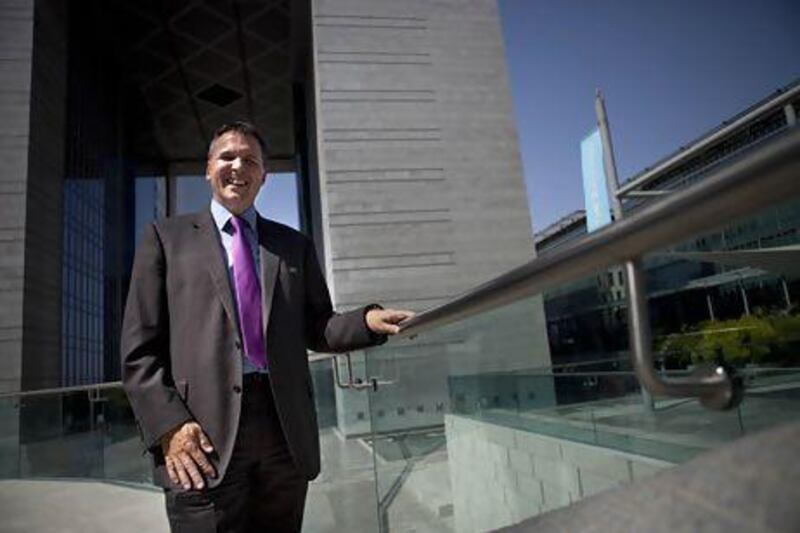What's your secret for investing funds?
My job involves evaluating all asset classes and geographies globally, searching for the most attractive liquid investment opportunities. This includes equities, fixed income, commodities, real estate and alternative asset classes including hedge funds. We invest on a "fund-of-fund" basis which we attempt to identify and invest with the most capable fund managers globally, typically through mutual funds.
What's next month's outlook?
The global equity markets began the year in a very buoyant mood with the US equity market seemingly unstoppable and rising week after week, although more recently performance has become more mixed. With the US Federal Reserve recently announcing the reduction of its bond-buying programme, US government bond yields have seen a big increase with other assets classes seeing large moves with the US dollar strengthening and other markets such as emerging equities and bonds and commodities falling significantly. Looking forward, bond yields could continue to rise causing further uncertainty, although beyond that a stronger global economy should be positive for equity markets.
What grounds for optimism?
The main reason for the US Federal Reserve to scale back its QE [quantitative easing] programme has been an improving US economy, particularly housing, with employment statistics also picking up. The world's central banks have also been easing monetary policy in an attempt to stimulate growth. Once markets have stabilised, these positive effects will begin to feed through into higher economic growth and improved company earnings and prospects. We therefore believe that the second half of the year could see decent performance from equity markets led by emerging markets and more cyclical sectors, such as energy and technology, which will benefit from higher growth and remain attractively valued.
What's looking attractive?
Emerging market stocks have dramatically lagged developed markets this year, with many of the major markets down significantly, for example South East Asia and Russia. The valuations of the Bric markets in particular are attractive at the moment and the growth dynamics are much better than developed markets. We believe that the authorities in many of the Bric countries have the capacity to provide further stimulus if economic growth doesn't pick up, and with a rebound in economic growth should be strong beneficiaries.
What was your best investment?
Back in the mid-1990s I was an analyst covering the US technology sector when the first and mostly overshadowed technology bubble formed. This was when the first generation of internet start-ups came to market, including Yahoo in April 1996 and Amazon.com in April 1997. Amazon.com jumped more than 30 per cent on the day of its offering and has risen more than 1,400 per cent since then. I just wish I hadn't sold it.
What was the worst?
After the Japanese earthquake and tsunami in April 2011 we aggressively bought the Japanese stock market as we believed that the government would launch an aggressive rebuilding and stimulus programme. Even at that time, the Japanese market had been a laggard and we believed was undervalued. Unfortunately, the events in Europe subsequently blew up with Greece missing its budget targets, rating downgrades and protesters in the streets. This caused the Japanese slump to be even worse than we expected and unfortunately the market didn't really recover until the middle of last year … So, as they say, timing is everything.
[ ssahoo@thenational.ae ]





